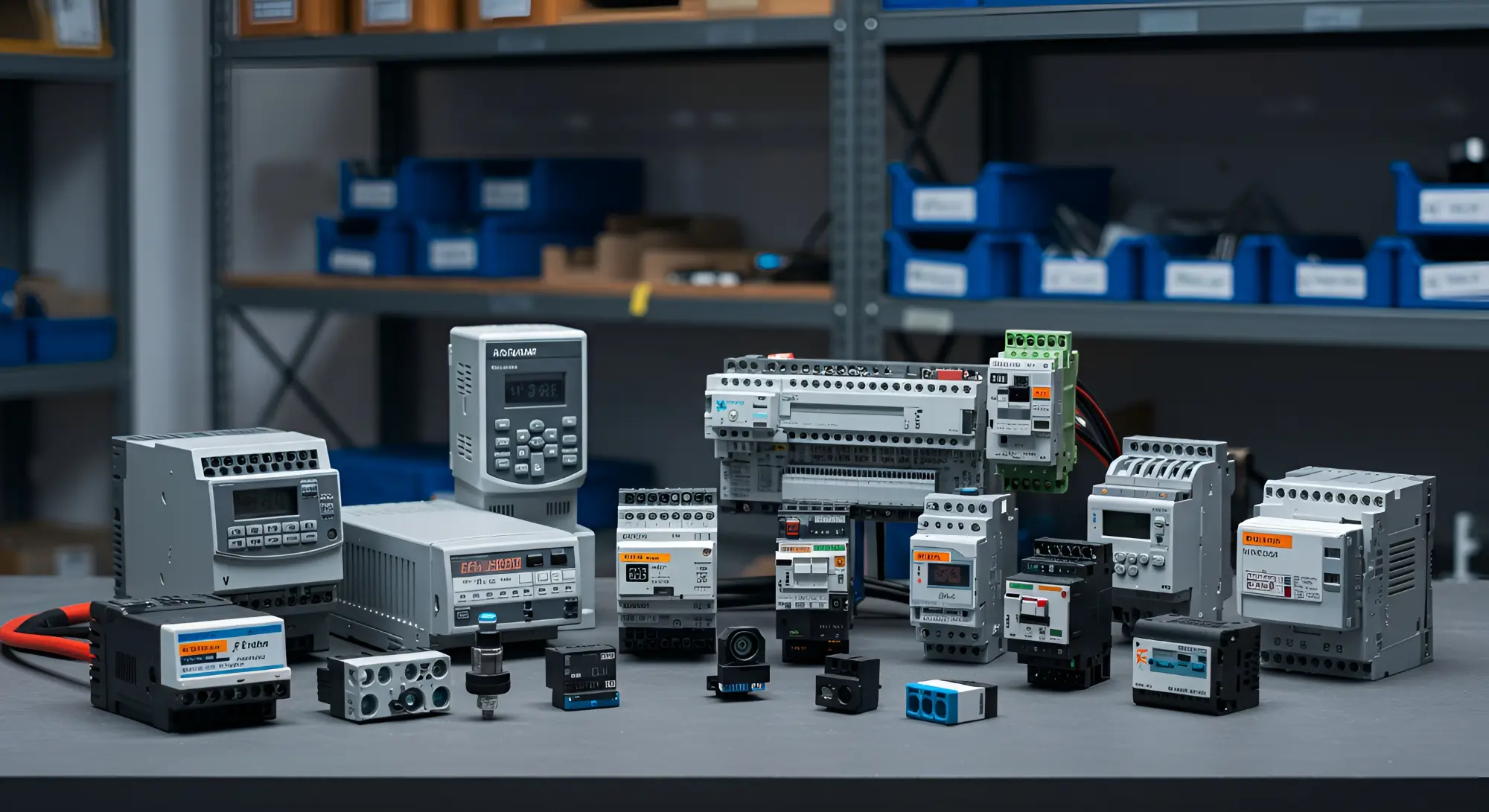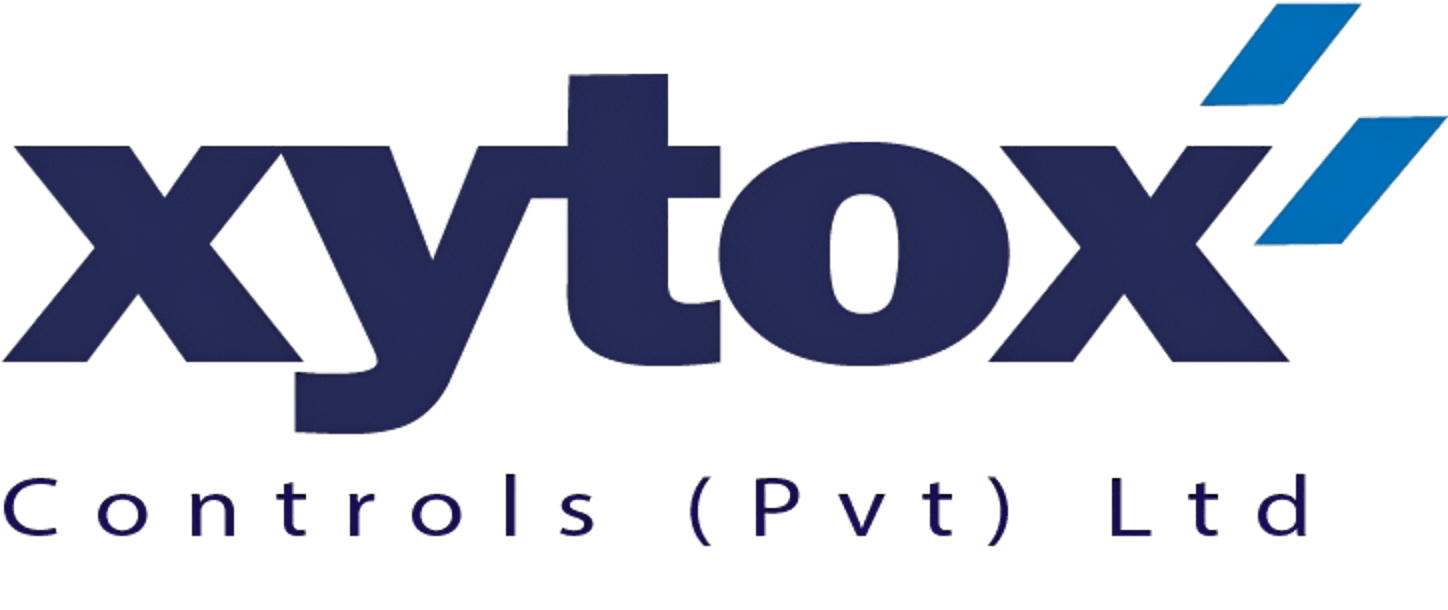Blog
Top 5 Essential Components for Any Industrial Automation System

In today’s fast-moving industrial environment, automation is no longer a luxury — it’s a necessity. Whether you’re building a new system from scratch or upgrading existing operations, choosing the right components is critical to ensure efficiency, precision, and long-term reliability.
In this post, we explore the five essential components that form the backbone of any industrial automation setup.
1. Variable Frequency Drives (VFDs)
VFDs are at the heart of motor control in automation. They regulate the speed and torque of electric motors by varying the input frequency and voltage. This leads to improved energy efficiency, reduced mechanical stress, and smoother operation.
Use Case:
From conveyors to fans and pumps, VFDs are used anywhere motor control is required.
Tip:
Look for VFDs with built-in protection features such as overload, under-voltage, and thermal monitoring.
2. Sensors (Proximity, Pressure, Temperature)
Sensors are the “eyes” of any automation system. They collect real-time data from machinery or processes and relay it back to controllers.
Types to Consider:
- Proximity Sensors – Detect object presence or position without physical contact.
- Pressure Sensors – Monitor pressure levels in pneumatic or hydraulic systems.
- Temperature Sensors – Ensure components stay within safe operating ranges.
Pro Insight:
Choose industrial-grade sensors with high resistance to dust, moisture, and vibration.
3. Contactors and Relays
These components serve as switching devices to control power flow. While similar in function, contactors are ideal for higher current applications, and relays work best for lighter loads and control logic.
Why They Matter:
They provide safe, reliable isolation and control over power-intensive machinery, keeping your automation system stable and secure.
4. PLC (Programmable Logic Controllers)
PLCs are the brain of the operation. These rugged computers process input signals and send output commands based on predefined logic.
Key Features to Look For:
- High I/O capacity
- Flexible programming options
- Compatibility with your existing hardware
Benefit:
PLCs provide real-time control and can be reprogrammed easily for process adjustments.
5. HMI (Human Machine Interface)
The HMI is where human operators interact with the automation system. It displays real-time data, alarms, and controls for operators to monitor and manage the process efficiently.
Modern Trend:
Touchscreen HMIs with Ethernet connectivity are now standard for increased usability and integration.
🛠 Final Thoughts
A well-designed automation system balances performance, safety, and scalability. Investing in high-quality components from trusted brands ensures fewer breakdowns, smoother operation, and better long-term value.
At Xytox Controls, we stock all the components mentioned above — carefully selected from globally recognized manufacturers. Need help choosing the right parts for your system? [Contact our team today →]



